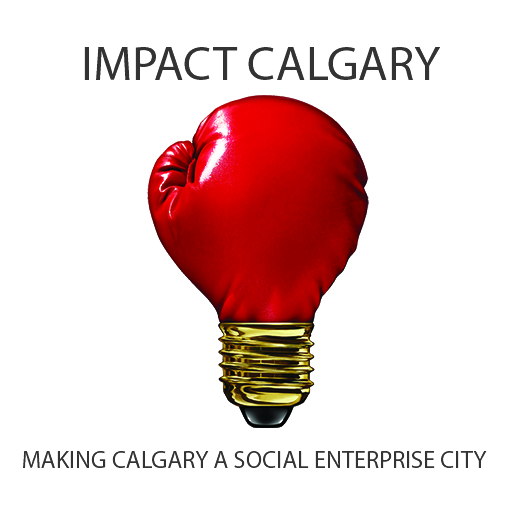OUR PRACTICE OF ACKNOWLEDGEMENT

Why we name Indigenous land, water and specific Indigenous Peoples
As we move further into the 21st century, and place so much emphasis on welcoming recent newcomers to our country, it is more important than ever to look back and acknowledge the early atrocities that we committed against our nation’s original inhabitants of more than 10,000 years. Canada is made of up more than 200 ethnic origins. In essence, compared to Indigenous populations, we are all newcomers here, whether our families have lived here for months, or for a century. At some point, our families immigrated here, and began new lives, in a new land – Canada.
Land acknowledgements stem from an Indigenous tradition that dates back centuries. In our place, we offer acknowledgement in recognition of the original inhabitants, and caretakers, of what is now Canada. This is part of our truth and reconciliation process with the First Nations, the indigenous peoples, of Canada. Along with a deep understanding of its context and meaning, making a land acknowledgment is a small but important first step in the reconciliation process between Canada’s Indigenous people and those who came later.
Acknowledgement of The Land (Global)
We are a global community and respect where everyone is coming from. In Canada, it is becoming normal for us to acknowledge our privilege to be in the place we are in. Land acknowledgements stem from an Indigenous tradition that dates back centuries. In our place, we offer acknowledgement in recognition of the original inhabitants, and caretakers, of what is now Canada. This is part of our truth and reconciliation process with the First Nations, the indigenous peoples, of Canada. Along with a deep understanding of its context and meaning, making a land acknowledgment is a small but important first step in the reconciliation process between Canada’s Indigenous people and those who came later.
We ask that you take a moment to reflect on, research, and understand your own local context about the lands where you live, work, and play.
In this spirit, we acknowledge for all of us:
This is sacred land on which each of us are privileged to be.
This land, nearby lakes, and sea has supported human beings for thousands of years, and is rich in history, knowledge, and tradition.
We are privileged to be beneficiaries and the steward of all that has come before, on behalf of the seven generations to come, and beyond.
We invite you to consider your relationship to the land, and how you benefit from being there while the original caretakers may not. Take a moment to reflect on, research, understand, honour, and respect peoples indigenous to the lands where you live, work, and play.
Today, each place around the world is increasingly home to peoples from across the world, and we are each grateful to have the opportunity to be where we are today.
Acknowledgement of The Land (Calgary, Alberta)
We invite you to consider your relationship to the land, and how you benefit from being here while the original caretakers may not. Take the time to reflect on, research, understand, honour, and respect peoples indigenous to the lands where you live, work, and play. We ask you to do the research to be able to introduce yourself in relation to the land, the people on whose traditional territory are you standing, and how to pronounce it correctly (e.g. fact check on nativeland and Canadian Encyclopedia)
In this spirit, we acknowledge for all of us:
We acknowledge the traditional territories of the Niitsitapi (Blackfoot Confederacy) and the people of the Treaty 7 region in Southern Alberta, which includes the Siksika , the Piikuni , the Blood Tribe/Kainai , the Tsuut’ina , and the îyârhe Nakodabi (Stoney-Nakoda) First Nations, including Chiniki, Bearpaw, and Wesley First Nations. Calgary is situated on land adjacent to where the Bow River meets the Elbow River, and that the traditional Blackfoot name of this place is “Mohkinstsis” which we now call the City of Calgary. The City of Calgary is also home to Métis Nation of Alberta Region III.
(Most audio clips via (Glenbow Museum, 2019))
[1] Audio including the word “Tsuut’ina” via (Starlight, 2019)
The Power of Place
Identity: A Recognition of Watershed
We are in the Bow River Basin. First Nations people have used the Bow River and its wetland and riparian (interface between land and a river or stream) regions for more than 10,000 years. The river and its tributaries not only supported local plants and wildlife, they provided a natural strategic base and transportation route, forcing human populations to remain within reasonable distances to water.
Ever wonder how the river came to be named the Bow? Bow refers to the reeds that grow along the banks of the Bow River. The Peigan name for the river is Makhabn, meaning “river where bow reeds grow” – This is a flood plain.
Identity: A recognition of Space
So we are in the Meta Space. Two buildings in Calgary, on the east edge of the Beltline BIA, the west edge of the Victoria Park BIA, and the south Edge of the Downtown Association. A connecting point between 3 communities.
One of the reasons we make this biophysical recognition is because it is connected to the place that we’re in, and it’s dependent upon the places that we’re all in. Just think about where the sewer in your building connected to, I’m sure you visited the bathroom just before this meeting, or maybe you will just afterwards, and you’re dependent on the ecosystem service that is provided by the watershed that you are in. And for those of you use the Flourshing Business Canvas which is one of tools developed by this community, this watershed is a collection of vital biophysical stocks and upon which we are all interdependent.
Nature is the foundation of our social and economic prosperity.
What’s inside these buildings, these spaces?
Metaspace, originally owned by Robert Ross Scott, Fruit merchant in 1912 to 1929. Now known as historic MacCosham Place (Beltline Urban Society, n.d.), it was occupied by longtime tenant the MacCosham Storage & Distributing Company from 1937 to 1975. “Between 1912 and the 1950’s its tenant list would have seemed a “dream team” to candy lovers: chocolatiers Lowney’s, Neilson’s, Fry-Cadbury, and Rowntree, as well as Canada Dry Ginger Ale and the Empress Manufacturing Company, whose food products included jams. For purists, there was the B.C. Sugar Refining Company, and, for those who favored savory, the Vancouver Pickle Company.”
Identity: People & Community
Because we strive to be a strongly sustainable organization, we must also take into consideration the interplay between individual, physical and social environmental factors. How we think and act in these realms fosters socioeconomic transformation towards sustainability-as-flourishing
Social Impact Statements
Accessibility
Diversity
Sustainability
Fair Trade
